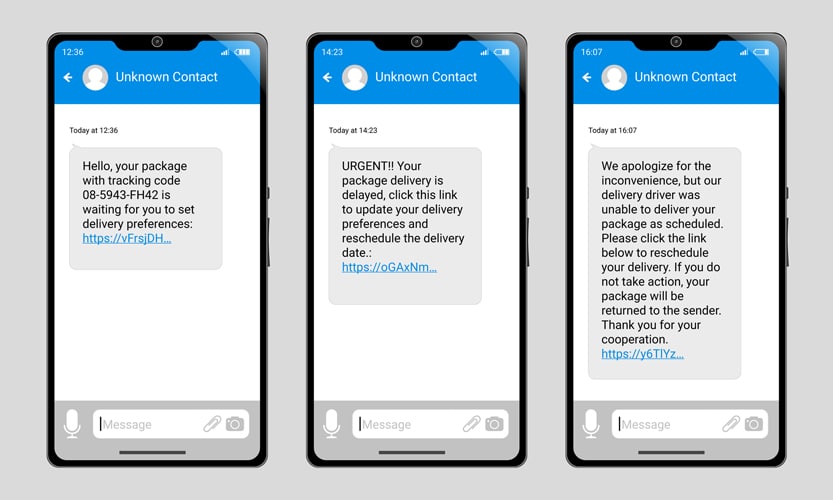In the digital age, cybersecurity threats are evolving rapidly, posing significant risks to individuals and organizations alike. Among these threats, smishing attacks have emerged as a cunning strategy used by cybercriminals to deceive unsuspecting victims. Understanding what smishing attacks are, how they differ from traditional phishing attacks, and the steps to protect against or prevent them is crucial in navigating the complex landscape of cybersecurity.
What Are Smishing Attacks?
Smishing, a blend of “SMS” and “phishing,” refers to phishing attacks conducted through Short Message Service (SMS) or text messages. These attacks involve sending fraudulent messages that aim to trick recipients into divulging sensitive information such as passwords, credit card details, or social security numbers. Smishing messages often contain a sense of urgency or enticement, prompting the recipient to click on a malicious link, reply with personal information, or download a harmful attachment.

Smishing vs. Phishing: Key Differences
While both smishing and phishing are forms of social engineering attacks designed to steal sensitive information, they differ primarily in their delivery methods:
- Phishing typically occurs via email. Phishers send emails that mimic legitimate sources, such as banks or service providers, to lure recipients into clicking on malicious links or attachments.
- Smishing, on the other hand, exploits text messages as the main vector for attacks. This method capitalizes on the personal and immediate nature of SMS, potentially catching recipients off guard.
Another difference lies in the perception of security. Many people are more vigilant about email scams, thanks to widespread awareness. However, text messages are often perceived as more trustworthy, making smishing attacks potentially more effective.
Protecting Against Smishing Attacks
To safeguard yourself from smishing and its potentially devastating effects, consider the following strategies:
1. Be Skeptical of Unsolicited Messages
Treat unexpected text messages with caution, especially those requesting personal information or urging immediate action. Legitimate organizations typically do not ask for sensitive information via text messages.
2. Verify the Source
If you receive a message from what seems to be a reputable source, verify its authenticity by contacting the organization directly through official channels. Do not use contact information provided in the suspicious text.
3. Avoid Clicking on Links in Text Messages
Malicious links are a common tactic in smishing attacks. If a text message contains a link, do not click on it. Instead, visit the website by typing the URL directly into your browser or use a bookmarked link.
4. Use Security Software on Your Mobile Device
Install and maintain reputable security software on your mobile device to help detect and prevent malicious activities, including smishing attacks. We recommend using the paid version as opposed to the free version to avoid ads and other solicitations.
5. Educate Yourself and Others
Awareness is a powerful tool in the fight against cyber threats. Stay informed about the latest smishing techniques and educate your friends, family, and colleagues about how to recognize and avoid them.
6. Report Suspicious Messages
Reporting smishing attempts can help authorities track and combat these cyber threats. Forward suspicious texts to short code 7726 (which spells out “SPAM” on most keypads) to report them to your carrier.
As cybercriminals continue to refine their tactics, understanding and preparing for different types of attacks is essential for personal and organizational security. By recognizing the hallmarks of smishing attacks and implementing preventative measures, you can significantly reduce the risk of falling victim to these deceptive tactics. In the digital world, vigilance, education, and proactive measures are key to staying one step ahead of cyber threats.
ThrottleNet is a passionate about making IT safe, simple, and fun. We are a Managed IT Services company that focuses on simplifying technology and protecting businesses from cybercriminals. We hire skilled IT generalists for fast support and focused technology experts for IT strategy and cybersecurity protection. Our people are incentivized to go above and beyond for businesses with our open book management philosophy and continuous training. We take turnkey responsibility to manage and support your IT infrastructure while keeping it secure.
Don’t wait for your next IT crisis. Contact me today for a free on-site consultation & security report to evaluate your business’s IT security needs.

Chris Montgomery
ThrottleNet Sales Director
cmontgomery@throttlenet.com



